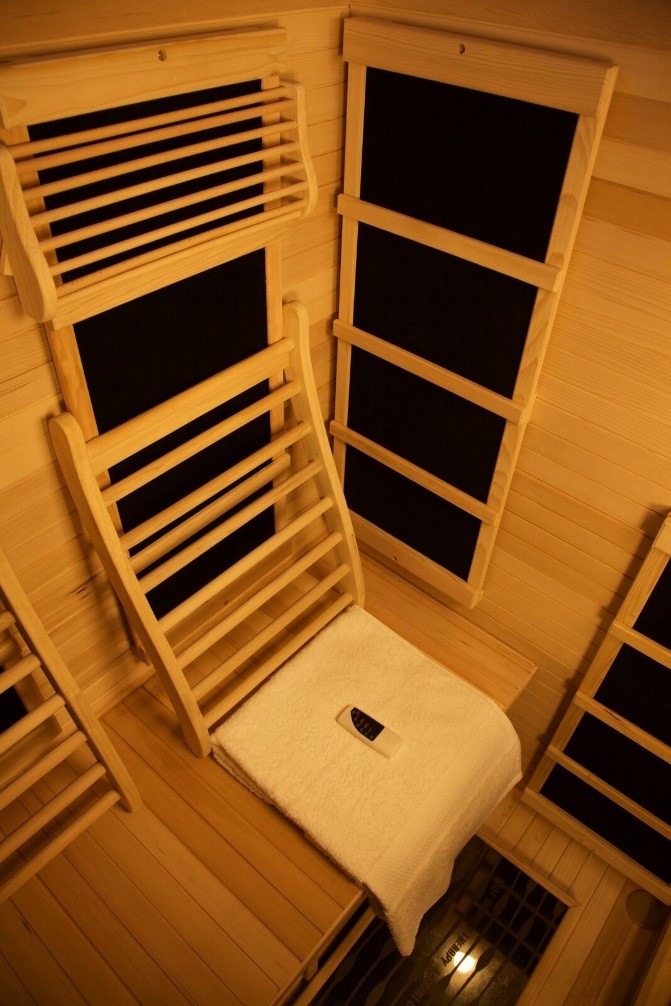As infrared saunas become more popular in American homes, it leaves people wondering what created such demand. A modern fusion of the traditional dry sauna with infrared heating technology, infrared saunas are a product that offers users a wide range of health and wellness benefits.
Whether you’re interested in losing weight, improving your skin, detoxing, or relieving pain, including an infrared home sauna as part of your regular wellness routine will help. But how did the modern infrared sauna that so many now know and love come to be?
Starting with Traditional Saunas
With deep European influences, sauna bathing has been known to exist for over 2000 years. Most notably used by the Finns, the word sauna has Finnish origins and literally means ‘bathhouse’.

The very first saunas likely consisted of pits that were dug into the slopes in cold and snowy weather, and may have been used as shelter to keep warm. These structures would have been lined with wood or stone, with fires lit inside to heat the structure’s walls. Steam was often introduced by pouring water over hot stones.
Fast forward to modern times, when dry saunas are used in much the same way. They are heated to very high temperatures, and often lack humidity as a result. The problem with dry saunas is that they can be uncomfortable to sit inside due to the high temperature, and lack of moisture in the air can make it hard to breathe. Many people also find their skin drier and skin conditions exacerbated after using dry saunas.
In recent years, it has become apparent that a new method of sauna heating is required to solve these problems, and improve the experience a person has while inside the sauna.
Developing Infrared Heating Technology
Infrared was discovered in the early 19th Century by Sir William Herschel. He noticed that there were different colors of light, and hypothesized that the different light may have different temperatures. He was right, and found that red light contained the highest heat levels.
When Herschel checked just beyond the red color, he found even higher levels of heat. This invisible light is what is known as infrared. Although we cannot see infrared heat, it is known that around 80% of the sun’s rays fall into this category.
Heat therapy has been used to cure ailments for thousands of years in saunas, but it wasn’t until the mid-20th century that scientists began using infrared heat as a therapy. Initially developed in Germany and Japan, infrared heaters have been sold in the US since the early 1980s.
Bringing the Two Together
It was only a matter of time before infrared heat was used in saunas. Because it heats the body directly rather than warming the air, sitting in an infrared sauna is much more comfortable than being in a dry sauna. In addition, infrared units provide users with greater benefit than their dry counterparts. The heat generated by the infrared sauna promotes a deeper, more intense sweat that removes a higher level of toxins, while the humidity improves skin.
Infrared saunas have also been shown to support muscle function, hasten wound healing, and promote relaxation. This is because the heat in the sauna increases blood circulation and dilates arteries, pumping oxygen throughout the body more efficiently. Muscles use this increase in oxygen and nutrient-rich blood to heal, relax, and reduce inflammation.
It may have taken many years for home infrared saunas to be developed, but now they’re considered to be a must-have for health conscious individuals.
Sources:
History of Infrared and Infrared Technology, BioSmartSolutions.com
The History of Saunas, LymeBook.com

